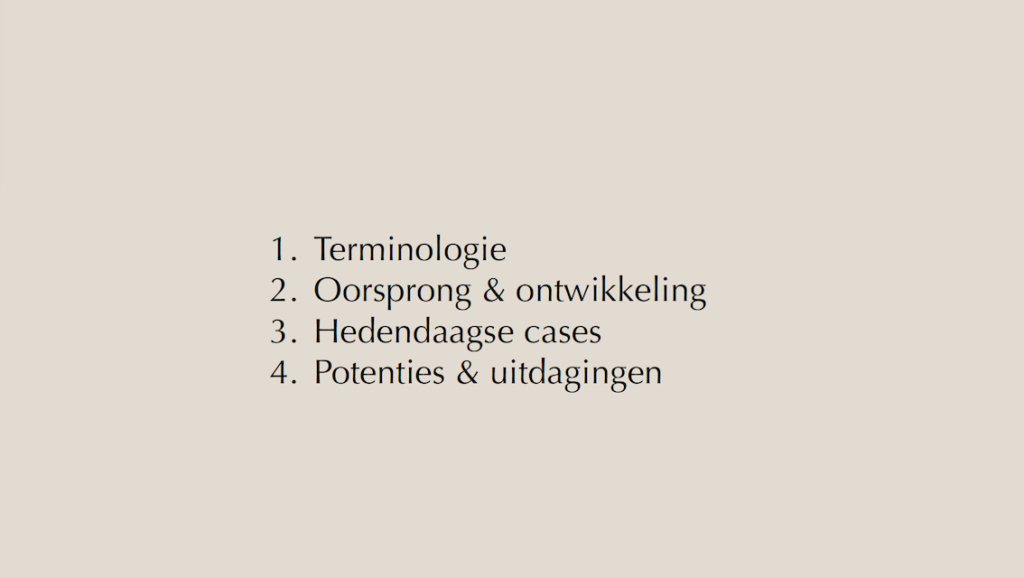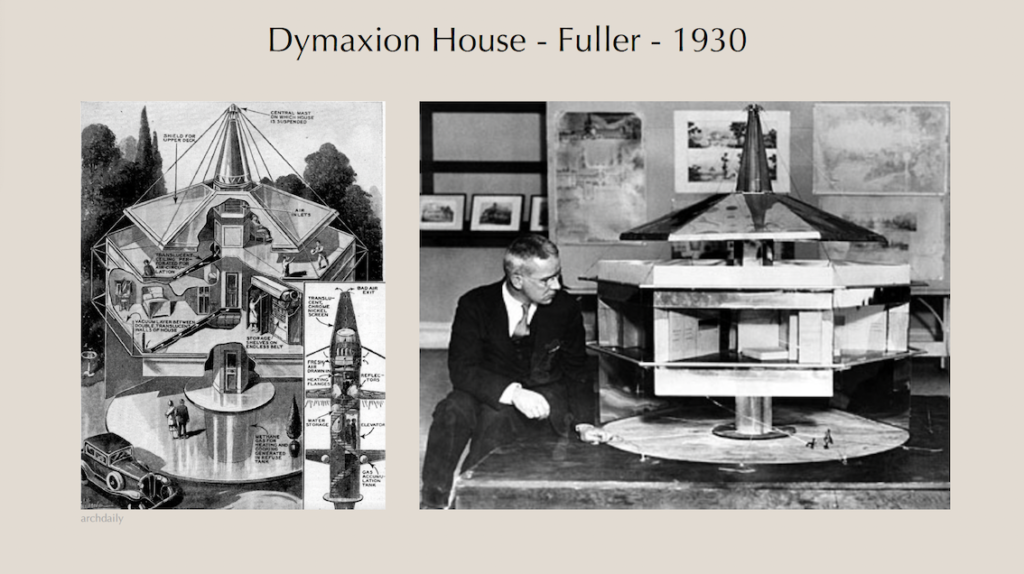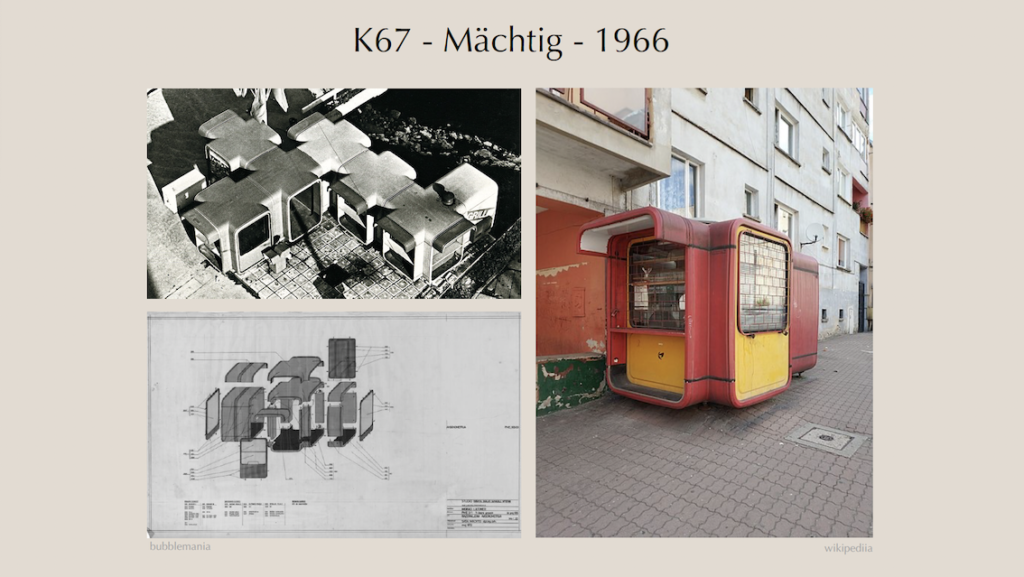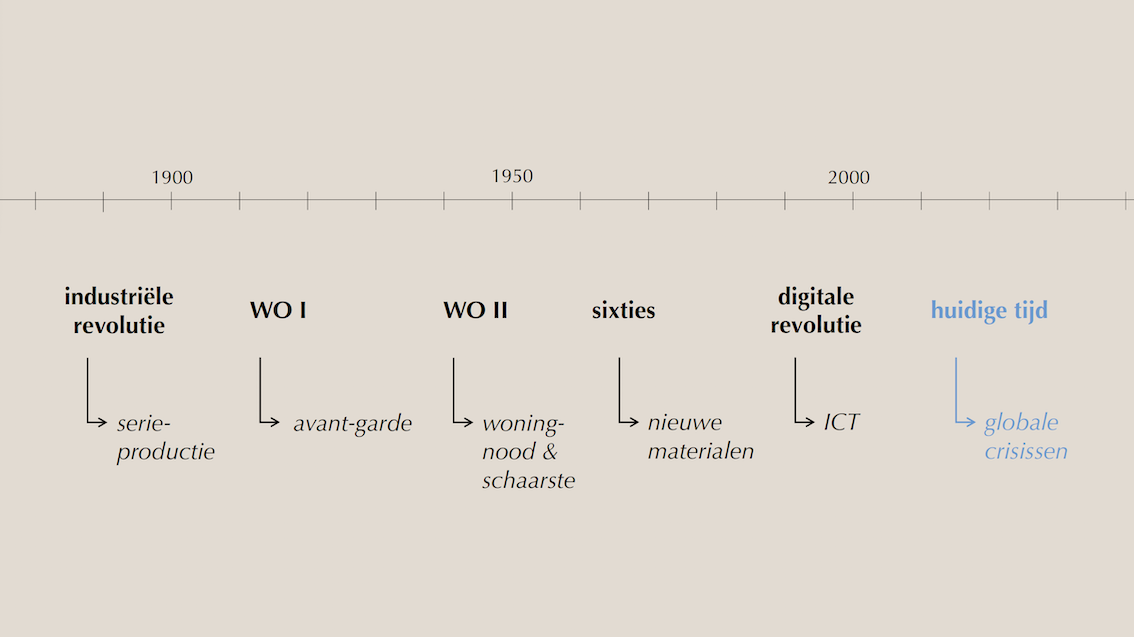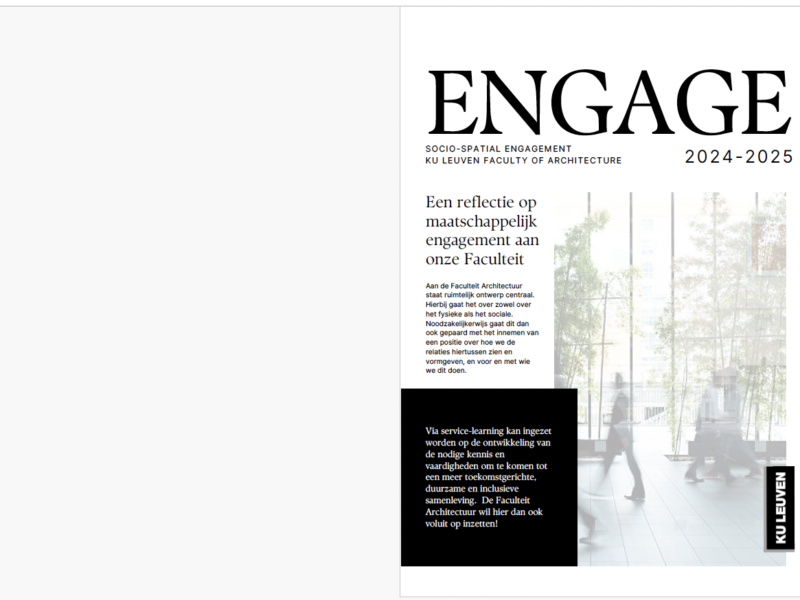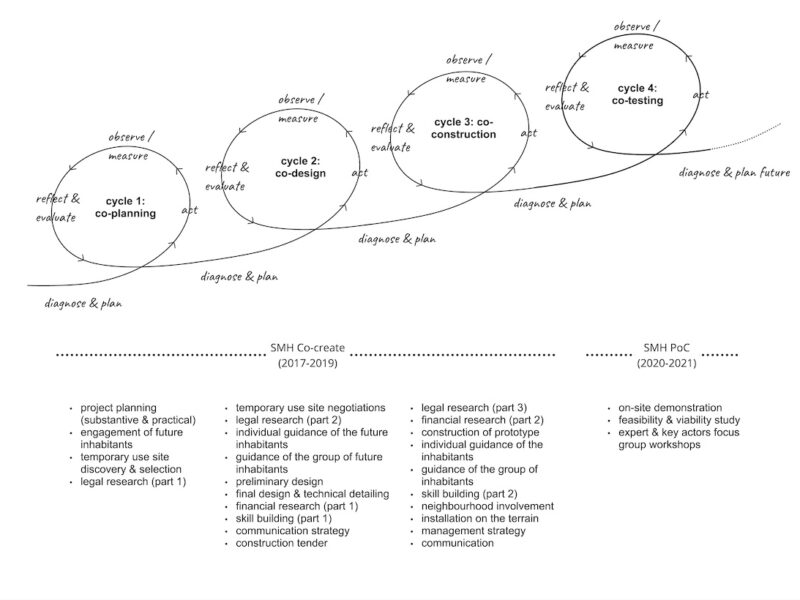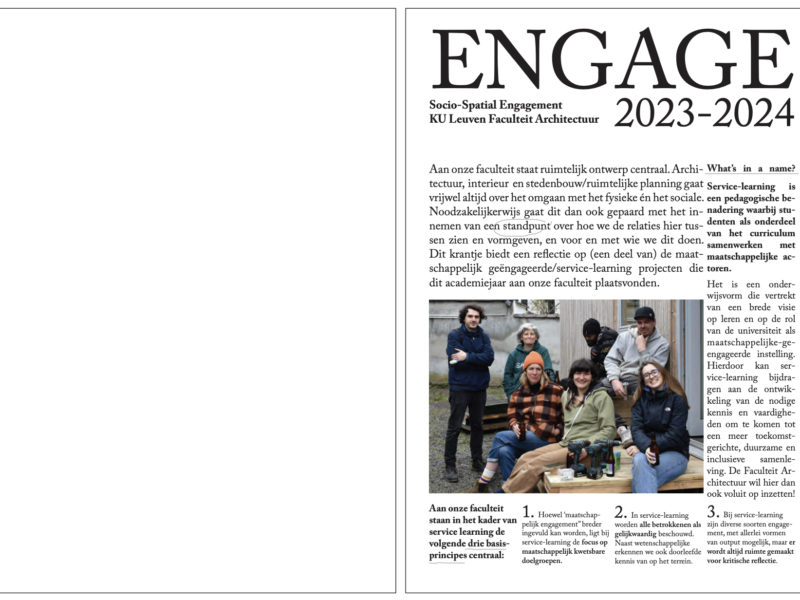Delivery of a lecture in the 2023 Archipel series on ‘The housing experiment’. The lecture provides an overview of the evolution of modular construction throughout history.
Speed, reconfigurability, and affordability have always been driving forces for designers and builders to explore various forms of and approaches to modular construction. One could argue that this movement started around the turn of the nineteenth to the twentieth century. At that time, industrialisation made serial production and prefabrication possible, which aroused the interest of the modernist architects of the time. However, if we go back even further in time, we see that the search for demountability and efficiency in design and construction was, of course, already present much earlier. For example, nomadic peoples have long been using demountable constructions that consist of a limited number of demountable and remountable elements, and at the beginning of the nineteenth century, prefabricated buildings and building components (among other things) also played a key role in the rapid development of the American interior and of the British and French colonies. Throughout history, one can observe a pendulum movement, with modular construction sometimes becoming popular (mainly during times of crisis) and then losing its importance again. The question is whether developments in the field of ICT could perhaps lead to a real breakthrough today?
